A crane is a heavy machine that has a large lifting capacity that can rotate up to 360 degrees. Cranes are usually used in industrial projects, ports, workshops, warehouses, etc.
Different types of cranes and their features
A tower crane is a machine lifter commonly used in construction projects. A truck crane is a crane that is rested near the truck so that it can be brought directly to the work site without having to use a vehicle (trailer). This crane has foundations or poles that can be attached to make it becomes more balanced when operating. The crawler crane is a material lifting machine that is commonly used on construction project sites. This crane has track wheels (crawlers) that can move when it is used for various purposes and applications. After disassembling the crane arm into several parts, the crawler crane is transported to the project location by a trailer truck and then reassembled on-site. Generally, all types of cranes use hydraulic (fuel oil) and pneumatic (air) systems to work. Hydraulic cranes are cranes that are commonly used in workshops and warehousing and have a simple structure. Cranes like this are usually placed at a point that cannot be moved which has a limited reach but can rotate about 180 degrees. Hoist Crane is a lifting machine that is usually found in warehousing and workshops. The hoist crane is installed on the ceiling and runs with special rails that are attached to the ceiling, which can also move back and forth in one direction. A jeep crane is a lifting machine consisting of various sizes. It is a small jeep crane that is usually used in workshops and warehousing to move relatively heavy items.
How to measure the lift capacity of a crane?
The lift should be measured from the crane pick-up point of the object to the bottom of the load hook when the lift is in the fully retracted position. When calculating the amount of lift required, do not forget to consider the actual height of the object being lifted. For example, if the distance from the bottom hook of the pick-up (in its held position) to the floor is ten feet, but the object and its pick-up point sit two feet off the ground, then only 8 feet of lift is required.










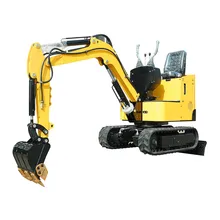
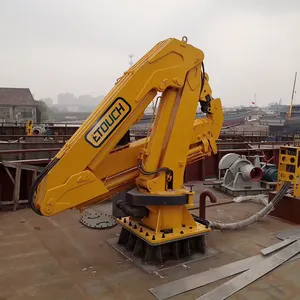
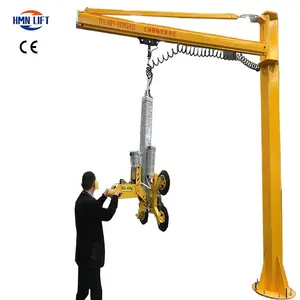



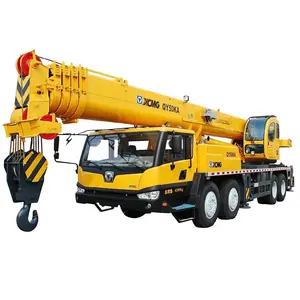
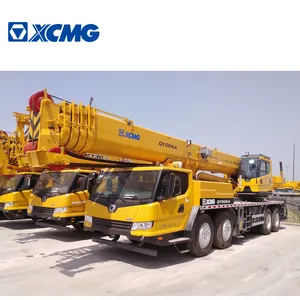












 浙公网安备 33010002000092号
浙公网安备 33010002000092号 浙B2-20120091-4
浙B2-20120091-4